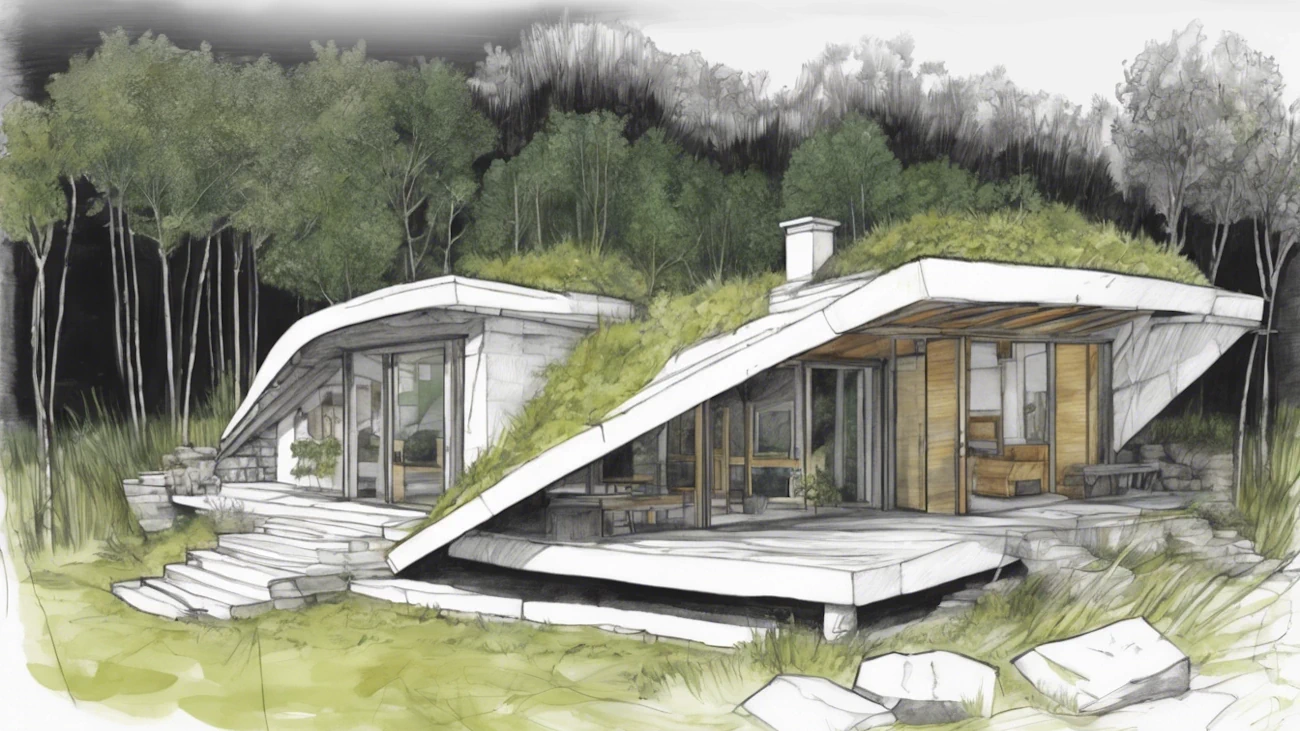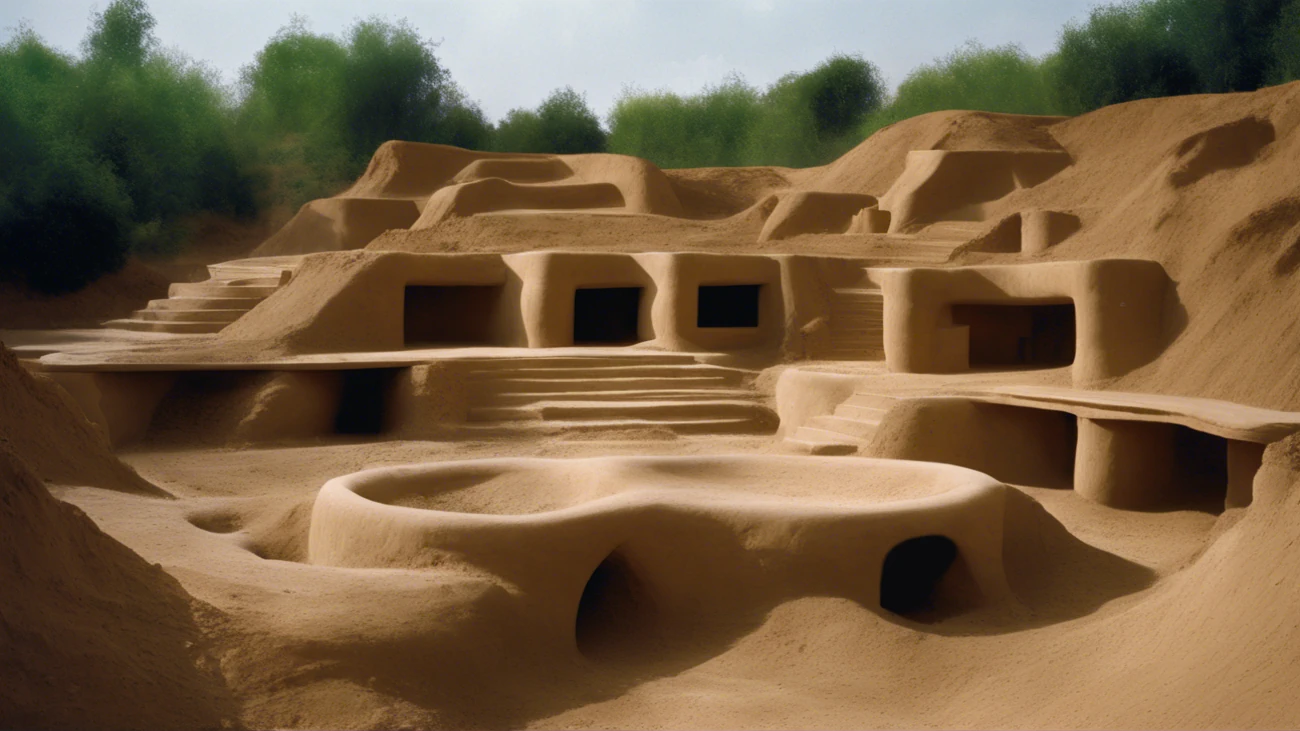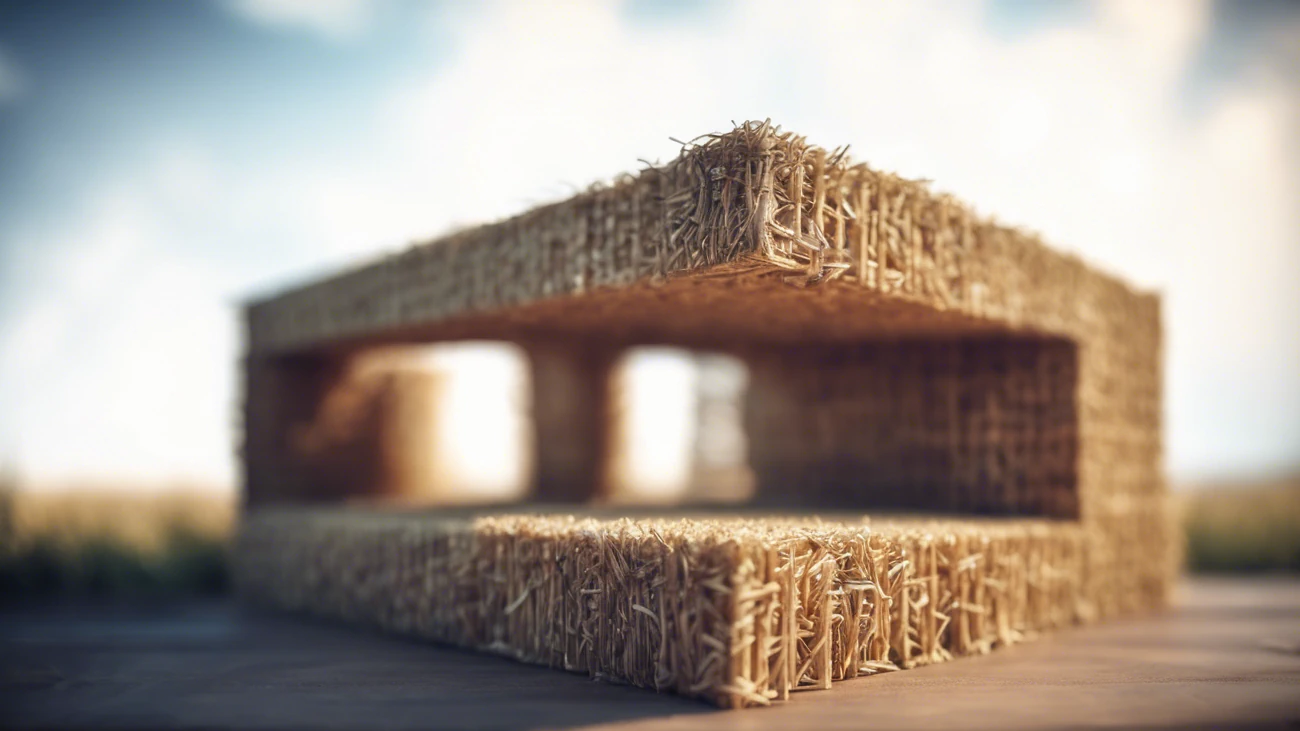Natural building is an age-old construction approach that harnesses locally available, renewable materials and traditional building techniques to create sustainable, eco-friendly, and harmonious structures. This practice embodies a deep connection with the environment, emphasizing the use of natural resources while minimizing environmental impact. From cob and adobe to straw bale and rammed earth, natural building techniques draw from centuries-old wisdom, offering an alternative to conventional construction methods that rely heavily on industrial materials and processes.
One of the defining features of natural building is the use of natural and locally sourced materials. Earth, straw, wood, bamboo, stones, and other natural resources serve as the primary building materials. These materials are often abundant, renewable, biodegradable, and possess excellent thermal properties, contributing to energy efficiency and comfort within buildings. By utilizing locally available materials, natural builders reduce the environmental footprint associated with transportation and extraction of conventional building materials.
Earth-based
Eco-friendly earth-based building techniques
Straw bale
An insight into straw-bale construction techniques
Natural building techniques emphasize the use of passive design principles to create energy-efficient buildings. Thick walls, thermal mass, proper orientation, and strategic placement of windows and overhangs maximize natural light, ventilation, and temperature regulation. These passive design features reduce reliance on mechanical heating and cooling systems, contributing to energy conservation and lower utility costs. Moreover, natural buildings have a minimal carbon footprint compared to conventional construction methods. They often sequester carbon within their materials, contributing to carbon neutrality or even carbon negativity over their lifespan. Additionally, natural materials are non-toxic, promoting healthier indoor air quality and reducing the environmental impact associated with off-gassing of synthetic materials commonly used in conventional construction.
Beyond their environmental benefits, natural buildings foster a deeper connection between people and their surroundings. The hands-on nature of natural building encourages community involvement, creativity, and craftsmanship. Building with natural materials often involves local artisans, communities, and individuals, promoting skill-sharing, cultural preservation, and a sense of pride in creating one's shelter.
Green roof
A symbiotic blend of architecture and nature
geodesic dome
Structural elegance and innovation design
While natural building offers numerous advantages, it also presents challenges and limitations. The acceptance of natural building techniques within regulatory frameworks and building codes can be a hurdle. Convincing authorities to recognize and approve these alternative methods often requires extensive documentation, research, and adherence to specific standards. Moreover, natural building may be labor-intensive and time-consuming compared to conventional construction, which relies on prefabricated materials and modern machinery. The need for skilled labor, particularly in regions where traditional building techniques have faded, poses a challenge in mainstreaming natural building practices.
Another consideration is the vulnerability of natural materials to weathering and decay if not adequately protected. Proper design, maintenance, and protective measures against moisture, pests, and natural elements are crucial to ensuring the durability and longevity of natural buildings. However, despite these challenges, the growing interest in sustainability, eco-conscious living, and a desire for healthier living spaces has renewed attention and interest in natural building techniques. Architects, builders, and homeowners are increasingly exploring and incorporating natural building principles into modern construction, combining traditional wisdom with contemporary innovations to create sustainable, resilient, and aesthetically appealing structures.
We will address these topics in more detail on this website, I hope you like it!
Are you still interested in this topic?
A good idea is to continue here:





